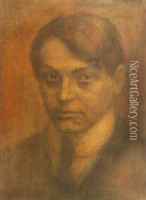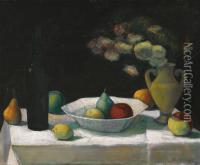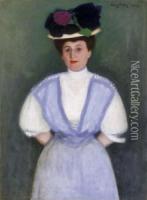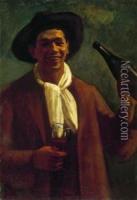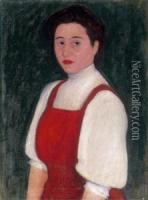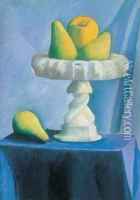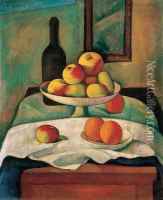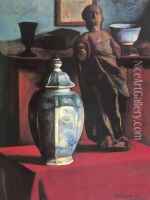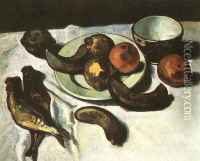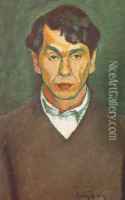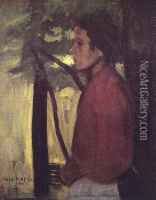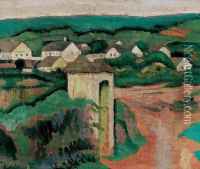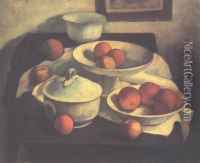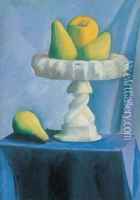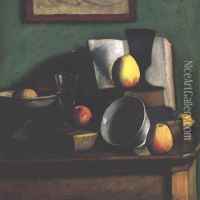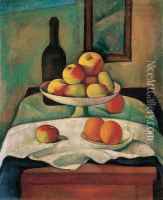Dezso Czigany Paintings
Dezső Czigány was a Hungarian painter, known for his contribution to the early 20th-century European art scene. Born on December 16, 1883, in Szolnok, Hungary, Czigány showed an early aptitude for art, which led him to pursue formal education in the field. He studied at the Royal Hungarian Academy of Fine Arts in Budapest, where he was influenced by the academic style of painting that was prevalent during that time.
Czigány's work initially reflected the academic realism of his education, but he soon became influenced by the modernist movements that were taking Europe by storm. He lived and worked in Paris for a period, which was a hub for artists seeking to break away from traditional artistic conventions. During his time in Paris, he absorbed elements of Impressionism and Post-Impressionism, which began to appear in his own paintings.
Upon returning to Hungary, Czigány continued to develop his style, which was characterized by a blend of realism and modernism. His subject matter often included landscapes, still lifes, and genre scenes. Czigány's use of color and light showed his ongoing experimentation and adaptation of the techniques he had observed in French modernist art.
Despite his talent and the innovative qualities of his work, Dezső Czigány did not gain widespread recognition during his lifetime. His contributions became more appreciated posthumously, as art historians began to re-evaluate the works of lesser-known artists of the early 20th century. Czigány's paintings can now be found in Hungarian museums, and they serve as a testament to the artist's skill and his role in the transition of Hungarian art from academic traditions to modernist expressions.
Dezső Czigány passed away on January 10, 1937, in Budapest. His life and work remain a subject of interest for scholars studying Hungarian art and the broader European art movements of the early 1900s.
